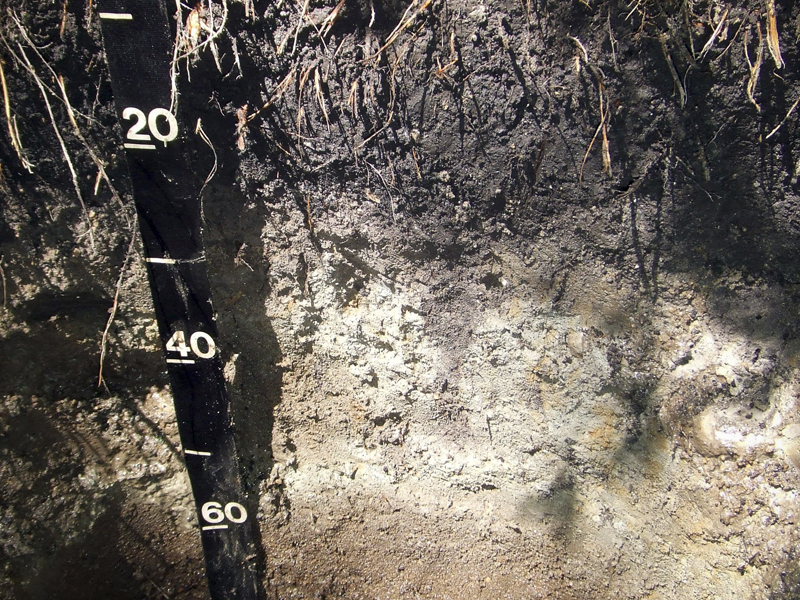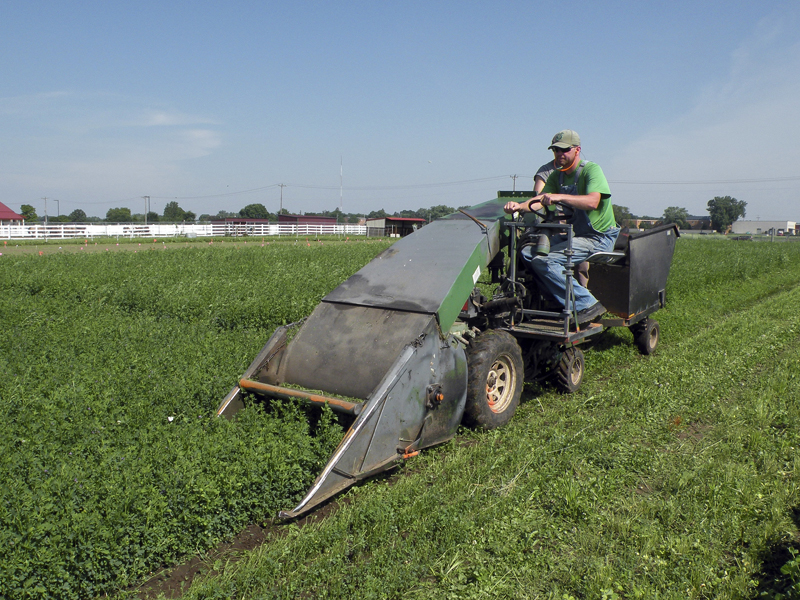Science News
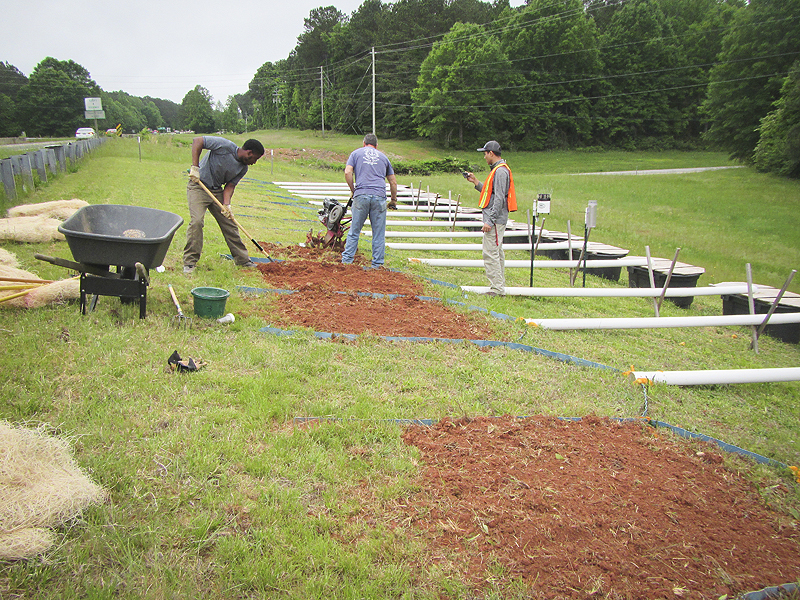
Everyone hates road construction, even the soils and bodies of water around the roads. Paved roads can’t absorb water, so that responsibility falls to the soil next to the road. Unfortunately, those soils are often damaged during construction.

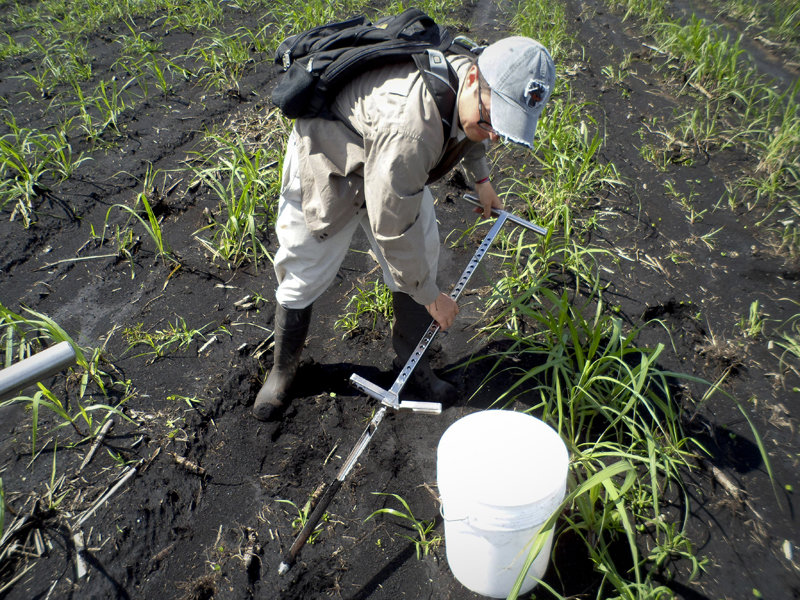
Characterized by alligators, airboats, and catfish, the Everglades is a region of swampy wetlands in southern Florida. In addition to the area’s role in Florida’s tourism industry, the Everglades play a significant part in protecting our environment – through carbon sequestration.
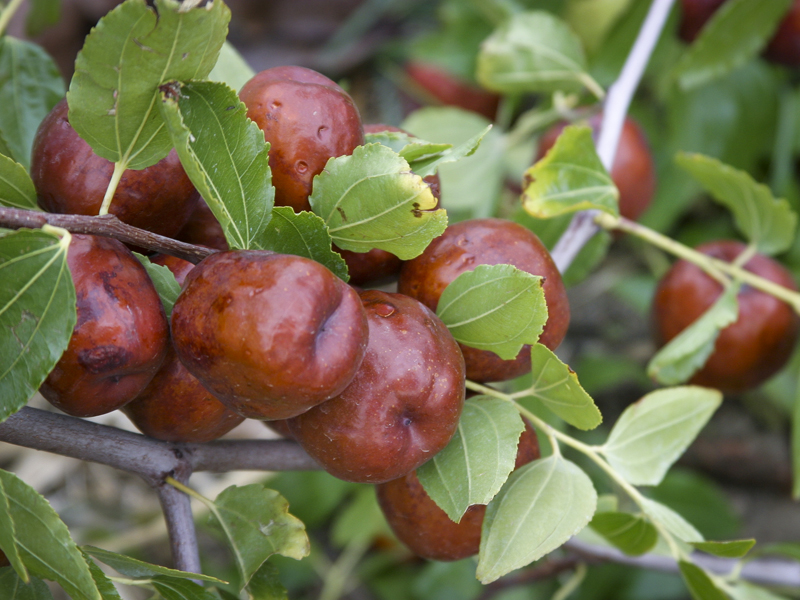
People have used the phrase “drone on and on” for a long time. Webster’s dictionary defines this figure of speech as “to speak for a long time in a dull voice without saying anything interesting.”
 Yet, in agriculture, drones aren’t dull, at all!
Yet, in agriculture, drones aren’t dull, at all!
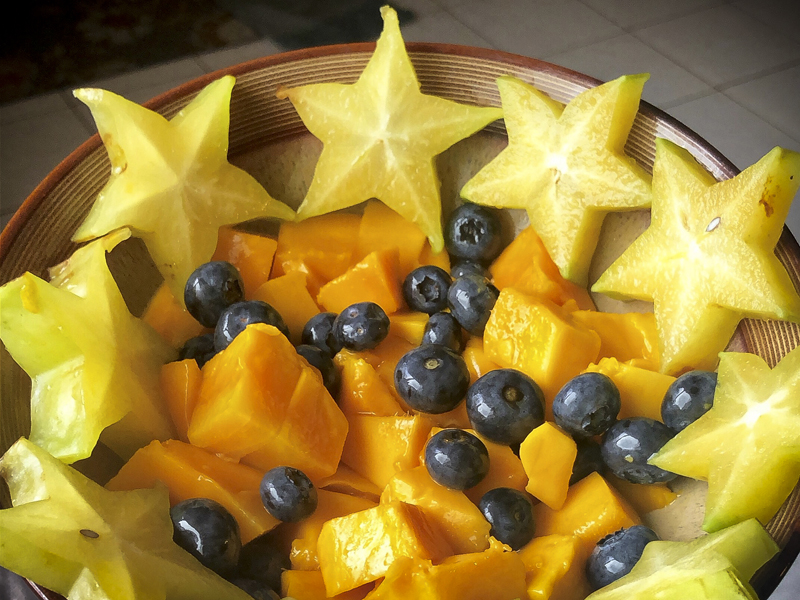
It’s not just oranges that grow in Florida. Carambola, or star fruit as most in the United States call it, is gaining popularity. One researcher from Florida International University is researching how cover crops can help the sustainability of star fruit farms.
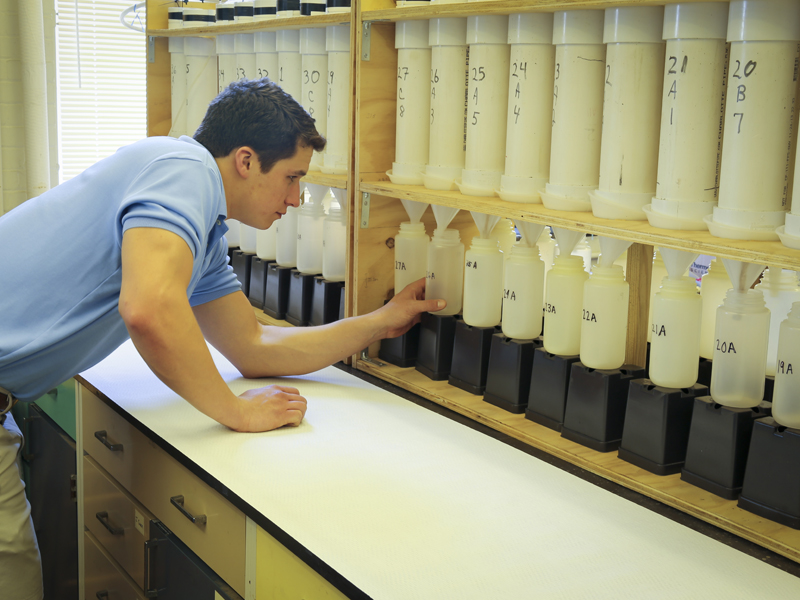
You may have heard how excess nutrients, such as phosphorus, can run off of crop fields. This can cause harm when the nutrients end up in rivers and lakes. However, there are other sources of excess nutrients you might not think of, such as the pots nursery plants come in.
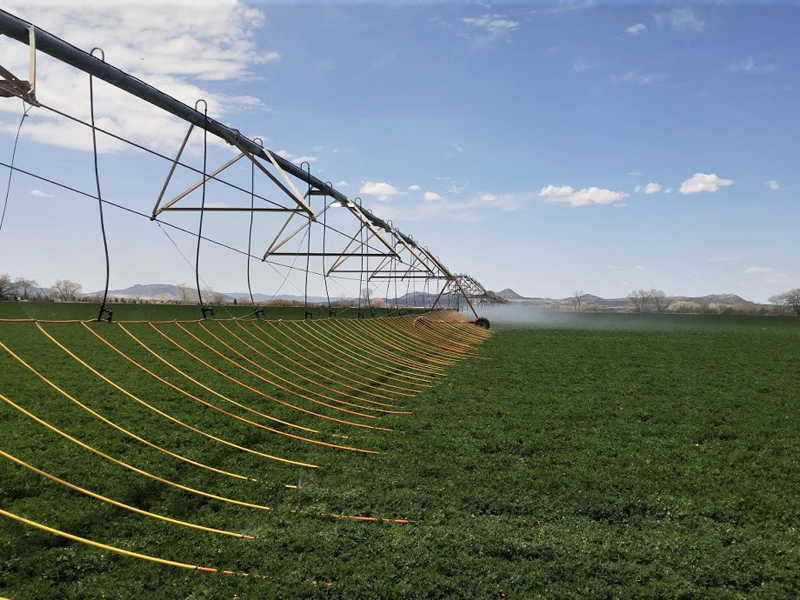
A healthy lifestyle consists of a mixture of habits. Diet, exercise, sleep and other factors all must be in balance. Similarly, a sustainable farm operates on a balanced plan of soil, crop, and water management techniques.
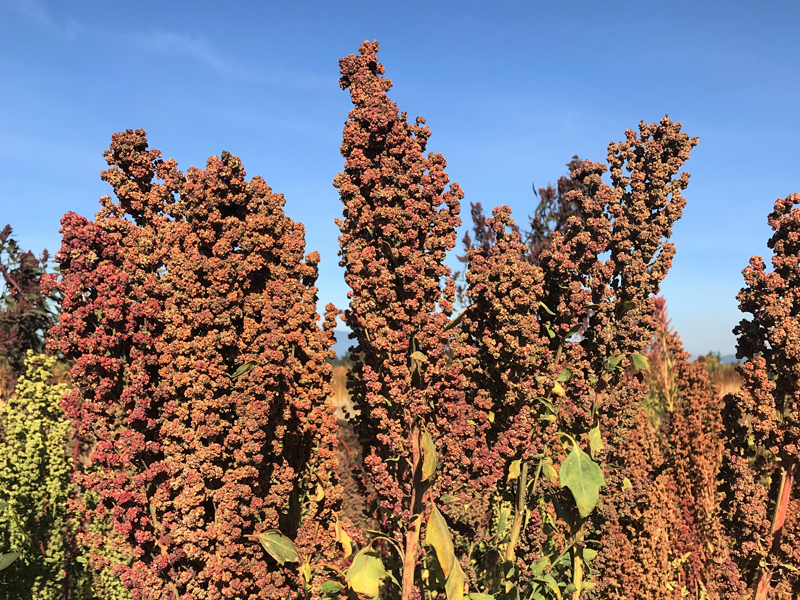
Quinoa is a healthy food many know and love. As its popularity grows, more farmers are interested in planting it. However, the plant doesn’t do well in high temperatures, so plant breeders are trying to help.
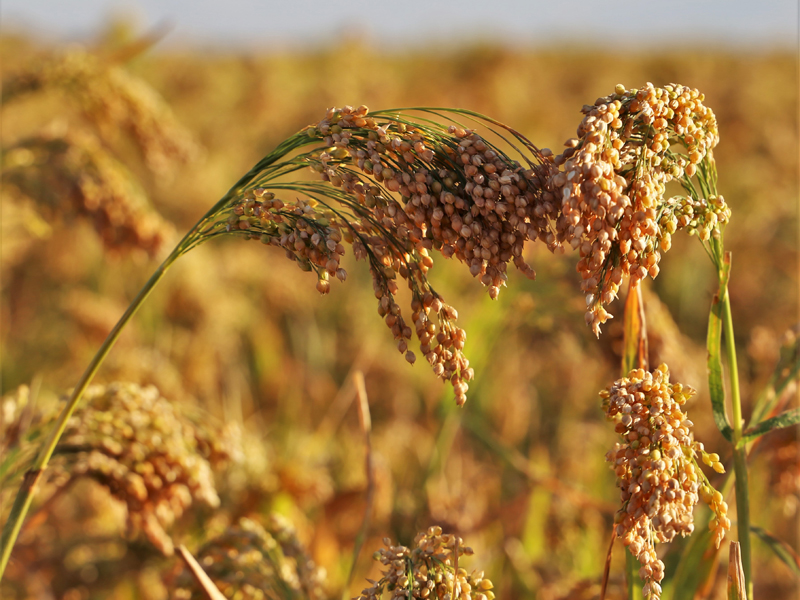
In the semi-arid tropics of Asia and Africa, conditions can be difficult for crops. Plants need to have short growing seasons, survive on poor soils and tolerate environmental stresses.
Enter, the millets.

